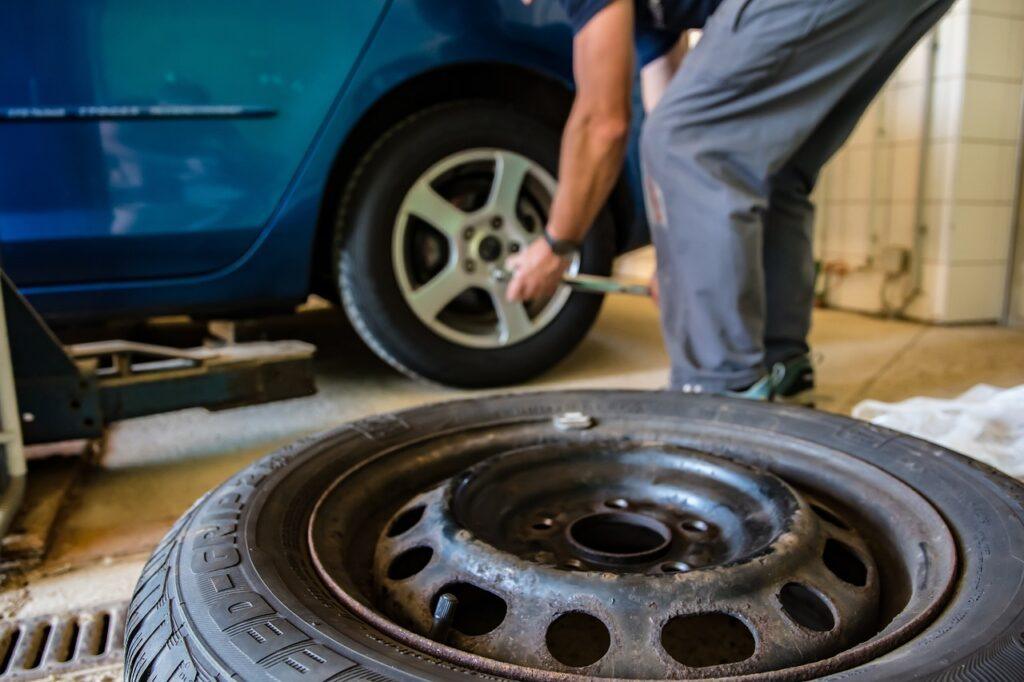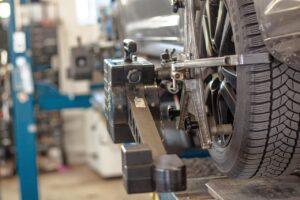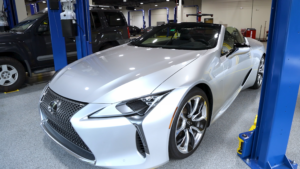
Everyone knows how annoying a flat tire can be. You have to pull over and swap your tire for that small spare tire you keep in the trunk. The whole process is frustrating and time consuming especially if you have no idea what you are doing, in which case you might have to call for a service truck. These kind of flats, though annoying are usually caused by an outside source (e.g running over a nail or sharp object) and aren’t really that concerning. The real danger are tire blowouts. This is when your tire is under inflated or over inflated. The stress on the tire can cause it to literally blow up throwing the entire car into disarray.
It is crucial for car owners to manage the tire pressure on their car. Neglecting this easy task can lead to extreme danger. Tire blowouts account for more 78,000 car accidents and claim more than 400 lives each year. When a tire is underinflated or overinflated there is no telling when it will explode causing you to lose control of your car, which at highway speeds can be fatal.
When a tire is overinflated it causes the tire to be stressed and become weakened. This stress can contribute to tire wear, a rougher ride, and tire blowouts. An underinflated tire runs more risk than the over inflated tire, risks that include, increased wear, difficulty steering, decreased fuel economy, increased emissions, and tire blowouts. If your tire is even 20% over or under its recommended PSI it can run all these risks.
Managing your tire pressure is such an easy task that there should be no reason for any person to put themselves or their family at risk. The proper tire pressure for your vehicle can be found on the small sticker on the driver’s side door jamb. If you have replaced your stock tires with specialty tires then those tires should come with some literature that states the correct tire pressure.
Checking your tire pressure is just as simple. The use of a tire air pressure gauge will tell you the exact pressure in your tire. These gauges are available at any auto parts store and sell for a few dollars. You should check your tire pressure about every month. An easy way to get into a routine is to pair this task with another monthly task, such as the day a bill is due. It is important to check your tire before you start driving it because the friction warms the air inside the tire causing the air to expand. The recommended pressure is designed for when the air is still cool. Prevention is so easy, there is no excuse for neglecting this crucial detail in your car maintenance.





